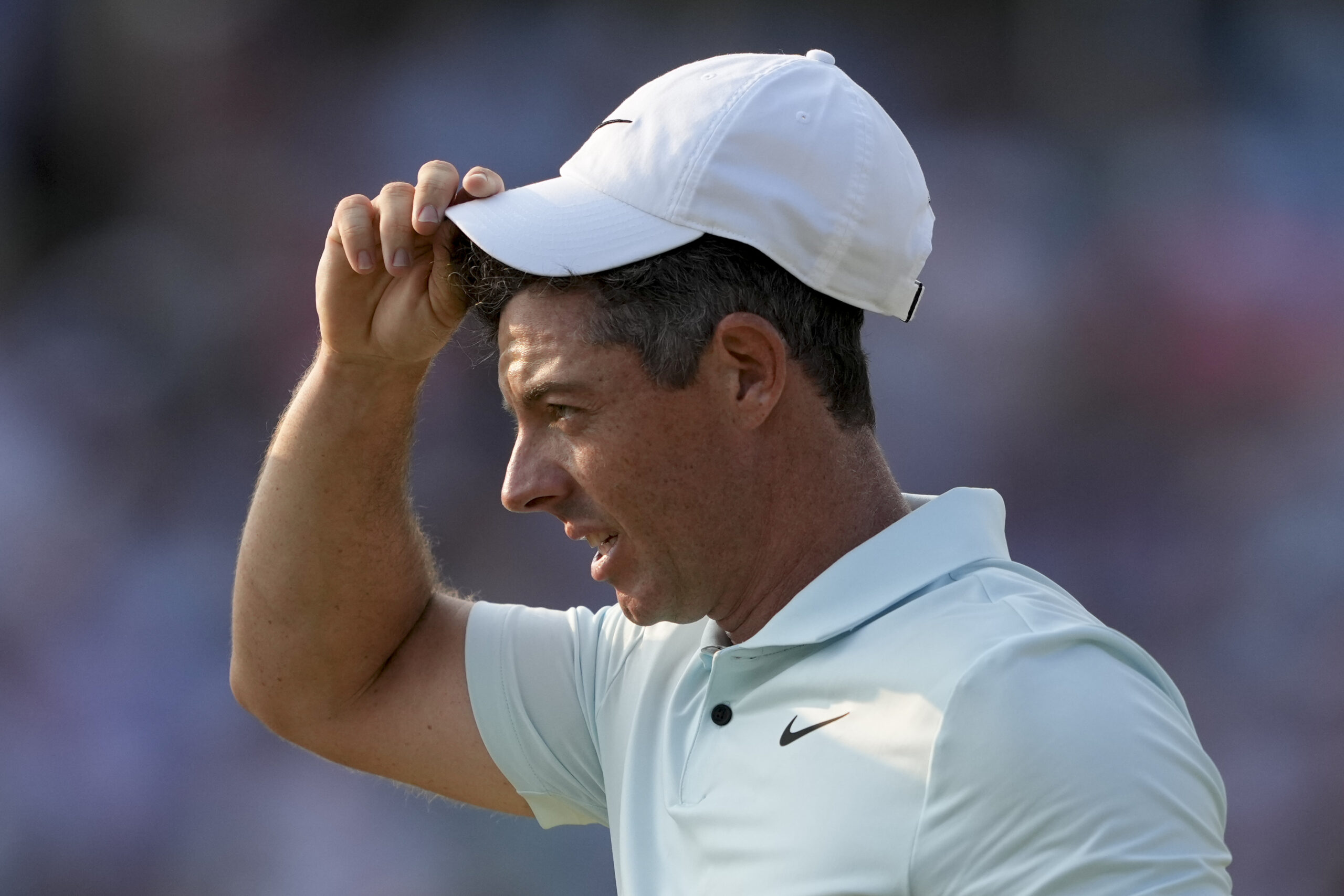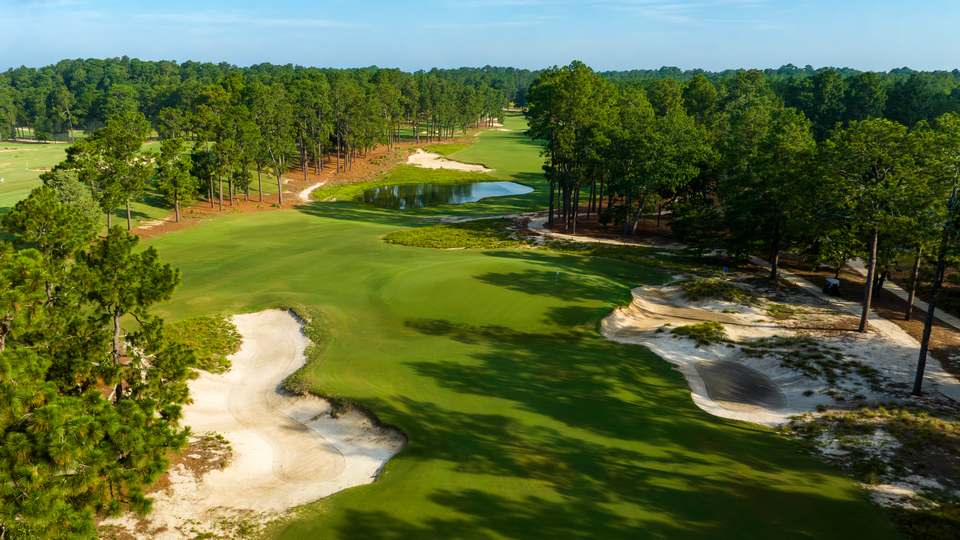Now that the hubbub surrounding the denouement of the recent US Open at Pinehurst has subsided somewhat, with the forlorn contrast of Rory McIlroy’s missed putt compared to Bryson DeChambeau’s marvellous bunker shot on the final hole a few minutes later now receding into the past (although maybe not yet for either of those two?), herewith a few reflections on the set-up of the wonderful No. 2 course.
Carnage of sorts was predicted before the off. Tiger Woods, who would miss the cut by two shots, said: “I foresee watching some of the guys play ping-pong back and forth…we have [all] putted off a lot of greens.” The phrase commonly used to describe Pinehurst’s greens is ‘turtle-backed’. As Woods suggested, they could make an ass of anyone. Take the second round, for example. On the par-three 17th, his eighth hole of the day, McIlroy was on the green with his tee shot, 30 feet above the cup. His putt rolled off the front of the green. Then he chipped in for par: a one-putt green where the putt was not the final shot. Playing with Scottie Scheffler and Xander Schauffele (these being the top-three ranked golfers in the world), his group eventually arrived at the par-five 5th. They each faced a 20-yard bunker shot to the pin. None of them could hold the green with their first attempt. Between teeing off on that hole and holing out on the next, it took this group – I reiterate, the best three players in the world – one hour to play 816 yards of golf. Does that sound like a sensible set-up to you?

On the other hand, DeChambeau finished on six under par, a total of 274. Eight players finished under par. By USGA standards, that is positively generous, or at least lenient. In the previous three US Opens at Pinehurst, a total of only four players had finished below par. Of those, only Martin Kaymer, who shot 271 in 2014, bettered one under. In comparison, therefore, the 2024 set-up seemed tame. But to quote Woods again: “When Donald Ross made the greens this severe, I don’t think he intended to have them to be running at 13 on the Stimpmeter.” (BTW, when Ross built No. 2, which opened in 1925, the Stimpmeter hadn’t been invented.) Tiger added: “When he first made them, they were the speed that the fairways are now.” That’s probably a fair comment.
At the time Ross was completing his task at Pinehurst, the US Open was on a stretch that would see his courses host the championship six times in eight years. His reputation has not only been established with hindsight. He had learned his craft at the marvellous links of Dornoch in the northeast of Scotland, a course where pretty much every green is raised, to some extent or other, above the fairway. It is perhaps the most consummate test of chipping in the British Isles. To a considerable degree, Ross took what he had seen in Sutherland and transplanted it to North Carolina. His creation may be the toughest test of chipping in the United States.
For sure Pinehurst was a lot slower back in the day but then the conditions didn’t prevent Rory from holing that chip back on the Friday!
You can follow Robert Green on Twitter @robrtgreen and enjoy his other blog f-factors.com
